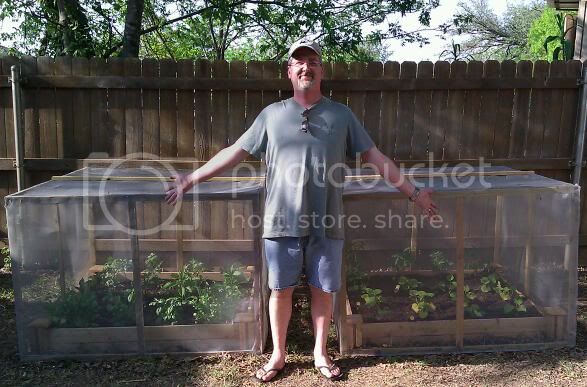Whats up everyone, I know a lot of members go the container route and mix their own soil. What I was wondering is what about all you raised bed gardeners??
There is a half a dozen Nurseries around here that sell Pre-mixed soil in bulk quantities (yard and more). They offer the normal topsoil and mulches, but then have some "mixed" soil that is compost (mostly turkey) and topsoil.
I wanted to see what you guys usually do to fill a bunch of raised beds. Do you test the soil prior to buying? Do you look for a certain mix? Do you mix your own?
Lookin forward to your recommendations.
There is a half a dozen Nurseries around here that sell Pre-mixed soil in bulk quantities (yard and more). They offer the normal topsoil and mulches, but then have some "mixed" soil that is compost (mostly turkey) and topsoil.
I wanted to see what you guys usually do to fill a bunch of raised beds. Do you test the soil prior to buying? Do you look for a certain mix? Do you mix your own?
Lookin forward to your recommendations.



